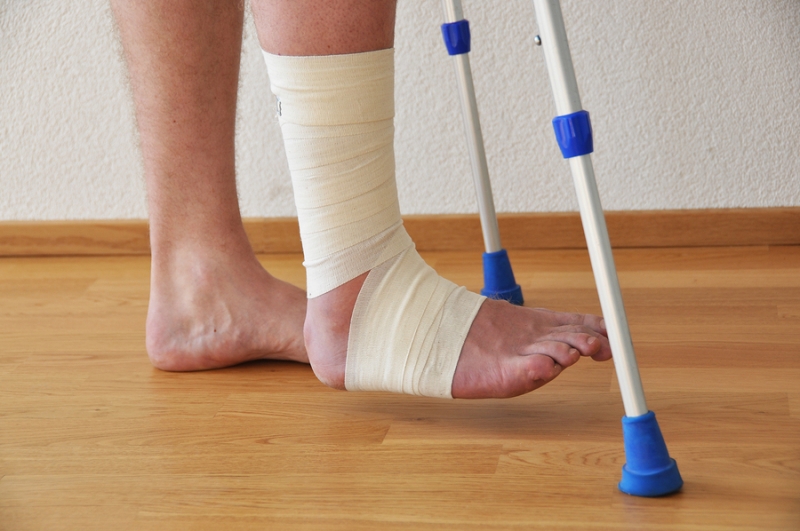Post Fracture Physiotherapy

What is Post Fracture Physiotherapy?
Rehabilitation aims to help people recover, reach their full potential, and live as full and active lives as possible.
So, if you have recently suffered a fracture, keep in mind that early physiotherapy treatment is critical to ensuring a full recovery. It is safe to begin physiotherapy as soon as casting/bracing/splinting is removed. To avoid stiffness and restrictions in movement later, it is safe to begin with mild range of motion exercises while wearing the cast/splints.


What if You don't get Physiotherapy after a fracture?
Physiotherapy is an important step in rehabilitation after a fracture. You may end up with weak lower or upper limbs and severely stiff and painful joints, even though the fracture has healed well.
How long do you need Physiotherapy for a Fracture?
After your fracture has healed and/or your cast has been removed, Post Fracture Physiotherapy Rehabilitation typically lasts 6 to 8 weeks, but your programme may be slightly shorter or longer depending on your circumstances.


Benefits of Gynecological Physiotherapy
Physiotherapy can help you return to full function faster and have a more positive rehabilitation outcome. If you are recovering from a fracture and want to maximise your rehabilitation potential with one of our physiotherapists, please call us to schedule an appointment.
FAQ
What is post-fracture physiotherapy?
Post-fracture physiotherapy is a specialized rehabilitation program designed to help patients recover strength, mobility, and functionality after a bone fracture. It involves exercises, manual therapy, and other techniques to promote healing and restore normal movement.
Why is physiotherapy important after a fracture?
Physiotherapy is crucial after a fracture to ensure proper healing, prevent stiffness, reduce pain, and regain strength and flexibility. It helps in minimizing the risk of complications and accelerates the return to normal activities.
When should I start post-fracture physiotherapy?
The appropriate time to start physiotherapy varies depending on the type and severity of the fracture. Typically, physiotherapy begins after the initial healing phase, once the bone has partially healed and your doctor gives the go-ahead.
What can I expect during a post-fracture physiotherapy session?
During a session, you can expect a thorough assessment by a physiotherapist, followed by a personalized treatment plan. This may include exercises to improve range of motion, strength training, pain management techniques, and education on safe movement practices.
How long does the rehabilitation process take?
The duration of rehabilitation varies based on the type of fracture, the patient’s overall health, and their adherence to the physiotherapy program. Generally, it can take several weeks to several months to fully recover.
Will post-fracture physiotherapy be painful?
Some discomfort may be experienced during physiotherapy, especially when starting new exercises. However, the physiotherapist will ensure that the exercises are within your pain tolerance and will adjust the program as needed to manage pain effectively.
Can post-fracture physiotherapy help in avoiding surgery?
In some cases, effective physiotherapy can help avoid the need for surgery by promoting natural healing and restoring function. However, this depends on the type and severity of the fracture and should be discussed with your healthcare provider.
Are there any specific exercises I should do at home?
Your physiotherapist will provide you with specific home exercises tailored to your condition. These exercises are crucial for maintaining progress between sessions and achieving the best possible outcome.
How can I manage pain during the rehabilitation process?
Pain management strategies may include prescribed pain medications, ice or heat therapy, and specific exercises designed to reduce pain. Your physiotherapist will guide you on the best methods to manage pain effectively.
Will my insurance cover post-fracture physiotherapy?
Coverage for post-fracture physiotherapy varies depending on your insurance plan. It is advisable to check with your insurance provider to understand the extent of your coverage.

